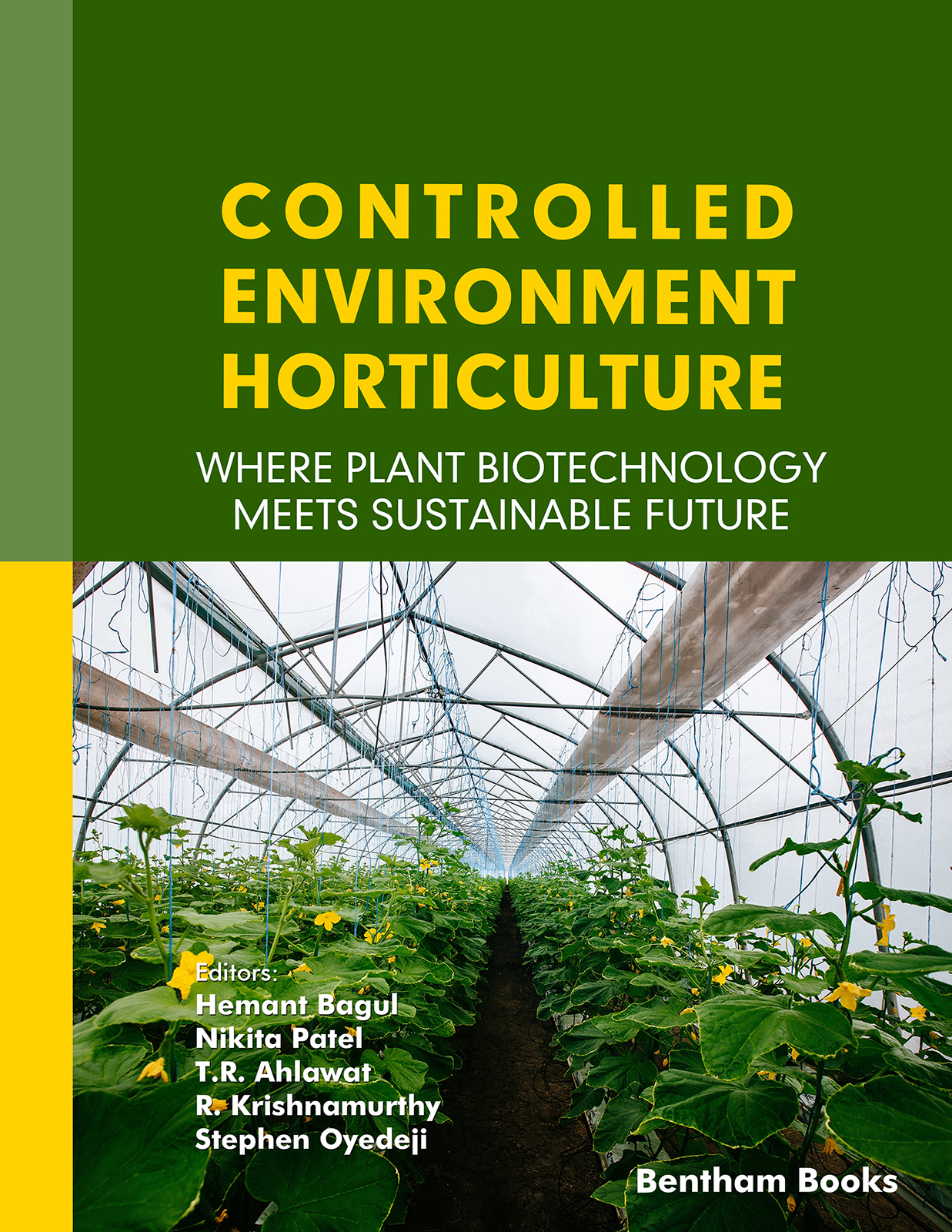The Indian population faces several issues today, including rapid urbanization, population growth, resource depletion, and decreasing nutrition security. With its potential to improve nutrition security, increase in local crop output, decrease transportation of food, and use of less resources, controlled environment horticulture, or CEH, might completely transform our food systems. CEH systems-greenhouses, vertical farms, and high tunnels-allow the management of environmental factors, including temperature, air quality, light intensity, duration, and CO2, to provide predictable production and quality responses. The cultivation of high-value, ornamental, fruit, and fresh food crops is made possible by these systems all year round. The high energy consumption, manpower (training and automation), better temperature control, phytonutrient enhancement, sustainability, and labor costs remain significant challenges for production development. In horticulture, this term refers to production beneath structures like covers, artificial shade, plastic tunnels, or greenhouses.
Horticulturists or researchers can use various stress reactions to add beneficial elements to fruits, vegetables, or medicinal plants. For example, a plant can start defense reactions, such as the production of bioactives, after a mild stress event is introduced in a controlled manner (such as a shortage of water, high temperature, or nutrients); however, the stress intensity is controlled so that biomass formation is not affected.
This book, Controlled Environment Horticulture: Where Plant Biotechnology Meets Sustainable Future, goes into great detail on how horticulturists, students, researchers, and farmers can manage biotic and abiotic production variables to modify crop metabolism and produce beneficial metabolites, whether used as plant-based medications or as a component of a plant-based diet. A theoretical backdrop is offered prior to recommendations in this area. It enables the reader to use the knowledge they have learned in many contexts. The distinctive quality of this book stems from the fact that several chapters have been written by experts and scientists from India, Malaysia, Germany, South Africa, and Nigeria. This book's style makes it ideal for undergraduate students, readers, learners, and farmers since it simplifies and makes sense of complicated plant physiological principles in a controlled environment.
Hemant Bagul
ASPEE College of Agriculture
Junagadh Agricultural University
Khapat 360579, Dist. Porbandar
Gujarat, India
Nikita Patel
Kishorbhai Institute of Agriculture
Sciences and Research Centre
Uka Tarsadia University, Bardoli
Gujarat, India
T.R. Ahlawat
Navsari Agricultural University
Navsari, Gujarat
India
R. Krishnamurthy
Kishorbhai Institute of Agriculture
Sciences and Research Centre
Uka Tarsadia University, Bardoli
Gujarat, India
&
Stephen Oyedeji
Department of Plant Biology
Faculty of Life Sciences
University of Ilorin
Ilorin, Nigeria

